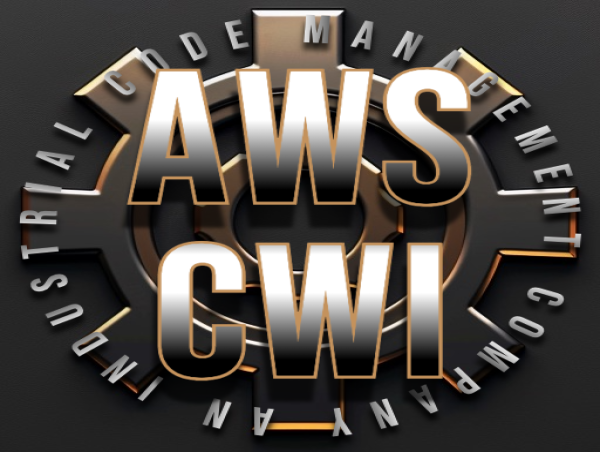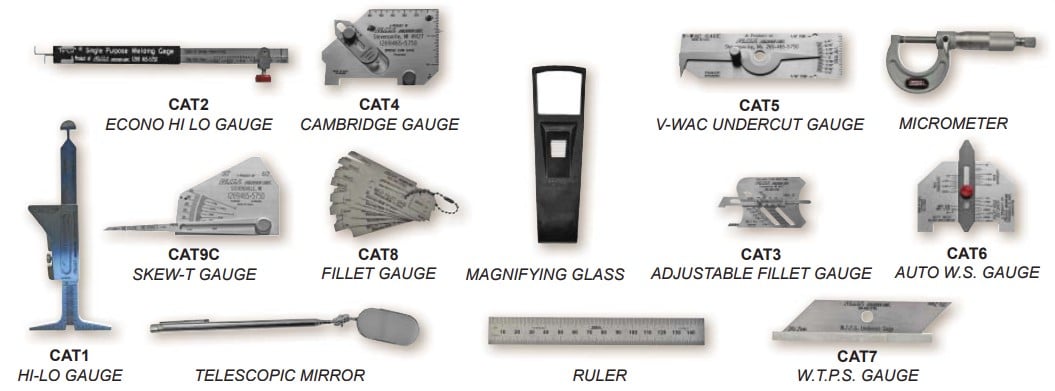How Welding Inspection Milwaukee Ensures Safety and Top Quality in Your Projects
Understanding the Importance of Welding Evaluation in Ensuring Structural Integrity and Safety Throughout Different Industries
Welding assessment is a crucial process that safeguards structural integrity and safety and security across diverse markets. By meticulously analyzing weld high quality, inspectors assist prevent issues that might lead to disastrous failures. This methodical evaluation not just reinforces conformity with industry requirements but additionally plays an essential role in protecting assets and ensuring public safety and security. The effects of ignoring correct evaluation techniques are profound, usually leading to substantial financial and human expenses. As we discover the intricacies of welding examination, the inquiry occurs: what are one of the most important variables that add to reliable evaluation procedures?
Role of Welding Evaluation
While the stability of bonded frameworks is vital to safety and security and efficiency, the duty of welding examination can not be overemphasized. Welding inspection works as a critical quality assurance process that ensures the adherence to established standards and specifications throughout the welding operation. By methodically assessing welds for issues, inconsistencies, and non-compliance, inspectors play an essential role in safeguarding the integrity of frameworks throughout different sectors.
Welding inspections encompass a series of activities, from pre-weld evaluations to post-weld assessments. These analyses not only identify potential issues before they rise yet likewise improve the overall integrity and life-span of welded components. Welding Inspection Milwaukee. Examinations aid to confirm the ability and expertises of welders, making certain that welding procedures are executed appropriately and materials work
In addition, an extensive inspection method promotes conformity with regulative requirements and market standards, decreasing the danger of catastrophic failings. By advertising a culture of safety and responsibility, welding evaluation contributes dramatically to both operational and financial efficiencies. Altogether, the function of welding inspection is essential, as it underpins the high quality, safety and security, and durability of bonded structures important to modern facilities and sector.
Kinds Of Welding Assessments
Comprehending the numerous kinds of welding assessments is necessary for preserving the high quality and security of bonded structures. Welding inspections can be categorized into a number of kinds, each serving a particular objective in the evaluation process.
Aesthetic examination is the most fundamental type, entailing a careful evaluation of the welds with the naked eye or with magnifying. This technique aids determine surface issues such as fractures, incomplete blend, or excessive spatter.
These methods enable assessors to assess the integrity of welds without compromising the product's framework. Ultrasonic testing utilizes high-frequency audio waves to detect inner problems, while radiographic testing employs X-rays or gamma rays to visualize inner weld qualities.
Devastating screening, though less usual, includes literally evaluating examples to comprehend the weld's mechanical buildings. Each type of evaluation adds to an extensive assessment, making certain that welding satisfies industry requirements and safety demands.
Industry Requirements and Regulations
Developing market requirements and policies is essential for guaranteeing the safety and security and dependability of welded frameworks. These criteria work as standards for high quality, safety and security, and efficiency, leading makers and assessors in the execution of welding processes. Various companies, such as the American Welding Society (AWS) and the International Organization for Standardization (ISO), have actually established thorough standards that dictate procedures for welding methods, credentials of welders, and evaluation methods.
Compliance about his with these guidelines not just boosts the top quality of welds yet additionally minimizes risks associated with structural failures. Particular codes, such as the ASME Boiler and Pressure Vessel Code, rundown needs for the construction of pressure vessels, ensuring they can hold up against functional stress and anxieties. Furthermore, nationwide and regional guidelines usually mandate adherence to these sector criteria, strengthening their relevance across industries like construction, aerospace, and automotive manufacturing.
Normal updates to these requirements reflect advancements in modern technology and welding methods, ensuring that safety actions continue to be appropriate. Thus, a comprehensive understanding and implementation of these standards is crucial for welding specialists, fostering a society of safety and top quality in welded structures.
Effects of Poor Inspections
Poor examinations can result in extreme effects in the welding market, undermining the really laws and wikipedia reference requirements made to make certain security and architectural stability. The effects of bad inspections can materialize in various types, from immediate security hazards to lasting structural failures. Among the most alarming results is the potential for devastating accidents, which can cause substantial injury or loss of life. In sectors such as building and construction, aerospace, and production, the ramifications of second-rate welding can endanger whole structures or components, resulting in expensive repairs and comprehensive downtime (Welding Inspection Milwaukee).
Additionally, insufficient evaluations can taint a company's track record and lead to legal consequences, consisting of penalties and litigation. Non-compliance with well established criteria not only endangers the stability of projects but also diminishes customer trust fund in the brand name. Furthermore, the monetary ramifications can be incredible, including both direct costs associated with repairs and indirect prices such as shed organization possibilities and boosted insurance policy costs. Eventually, the ramifications of inadequate evaluations extend past private projects, influencing industry-wide requirements and public perception, hence highlighting the important need for extensive and reliable welding inspections.
Ideal Practices for Effective Evaluations
Reliable welding assessments are paramount to making certain the integrity and safety and security of bonded structures. To achieve optimum outcomes, assessors should adhere to several best techniques that improve the evaluation procedure.

Secondly, assessors ought to possess the needed qualifications and accreditations relevant to the welding procedures and materials being taken a look at. Ongoing training and specialist growth are crucial to staying updated on industry criteria and technical developments.
Additionally, using proper assessment devices and strategies, such as aesthetic evaluations, ultrasonic screening, and radiographic assessments, is crucial for spotting flaws that could jeopardize architectural stability.
Lastly, extensive paperwork of the assessment process is crucial. By applying these best techniques, organizations can dramatically boost the effectiveness of their welding evaluations and make sure secure, dependable procedures.
Conclusion

In final thought, welding examination is essential for preserving architectural stability and safety throughout various sectors. Prioritizing efficient welding inspections is necessary to ensure the safety and security of workers, properties, and general functional stability.

As we discover the details of welding evaluation, the concern arises: what are the most important elements that add to efficient examination processes?
Welding assessment offers as a crucial quality control process that guarantees the adherence to developed criteria and specifications throughout the welding operation. In sum, the duty of welding examination is essential, as it underpins the high quality, safety, and long life of welded frameworks necessary to contemporary framework and sector.
Various companies, such as the American Welding Society (AWS) and the International Organization for Standardization (ISO), have actually developed comprehensive requirements that dictate procedures for welding practices, certification of welders, and evaluation techniques.
Eventually, the implications of inadequate assessments extend past private jobs, affecting industry-wide standards and public understanding, thus stressing the essential demand for strenuous and reliable welding evaluations.